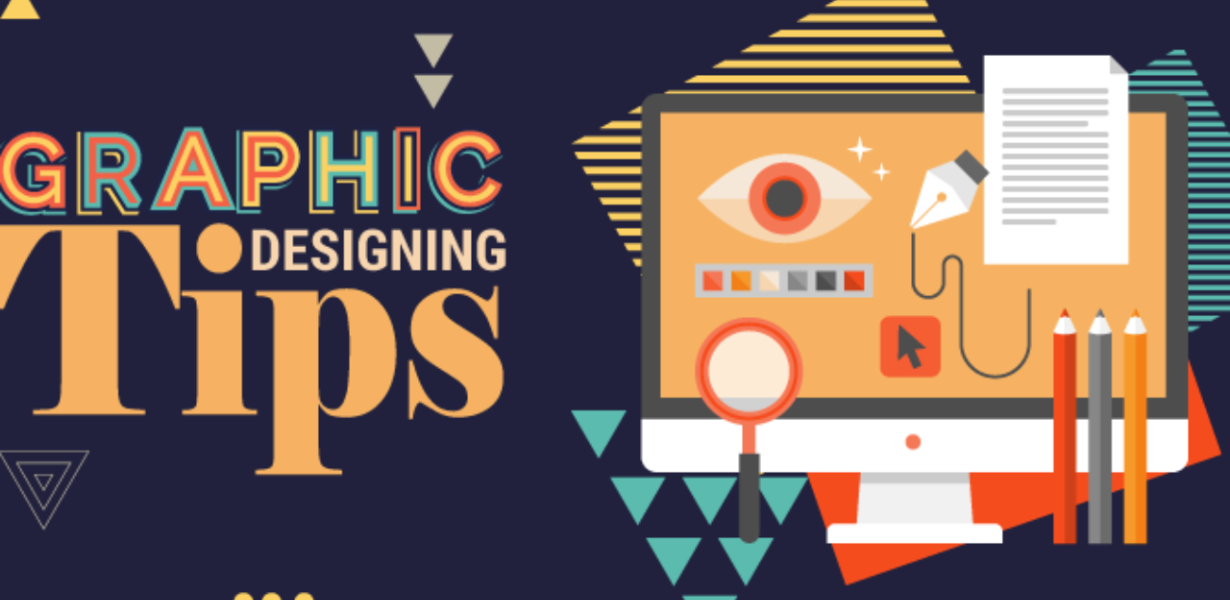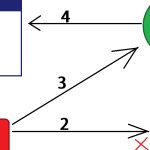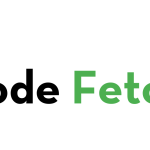
Next-Gen UI/UX Design: Blending Augmented Reality and Minimalism
- Post
- August 8, 2023
- Graphic Design, Graphic Design Tips, Web Design
- 0 Comments
In the fast-evolving landscape of design, where user experience reigns supreme, the integration of cutting-edge technologies with aesthetic principles has given rise to a new era of UI/UX design. In this article, we delve into the captivating fusion of Augmented Reality (AR) and Minimalism in the realm of design, uncovering how these seemingly contrasting elements harmoniously coalesce to create a visually striking and immersive user experience.
Embracing Augmented Reality in Design
Augmented Reality, a technology that overlays digital information onto the physical world, has ventured far beyond the realm of gaming and entertainment. In the context of UI/UX design, AR introduces a dynamic layer that engages users on a deeper level. The interplay of virtual elements with real-world environments transforms user interactions, making them more intuitive and engaging.
AR’s Potential in Enhancing User Engagement:
Interactive Product Demonstrations:
AR empowers users to interact with virtual versions of products, allowing them to visualize, rotate, and experience products before making a purchase.
Spatial UI:
AR enables the creation of intuitive spatial interfaces that adapt to the user’s environment, making navigation and interaction seamless.
The amalgamation of AR technology with minimalistic design principles has set the stage for a truly futuristic and captivating user experience.
The Elegance of Minimalism in UI/UX
Minimalism, characterized by its simplicity, elegance, and focus on essential elements, has long been a cornerstone of effective design. By eliminating unnecessary clutter and distractions, minimalism directs user attention to the core message or functionality, enhancing usability and aesthetics.
Advantages of Minimalistic UI/UX:
Faster Load Times:
Minimalistic interfaces generally require fewer resources, resulting in quicker load times and improved performance.
Clear Communication:
A clean and uncluttered design ensures that the user receives a clear and concise message, enhancing the overall user experience.
Enhanced Navigation:
Minimalism encourages the prioritization of content, leading to intuitive navigation and reduced cognitive load.
The Synergy of AR and Minimalism
The marriage of Augmented Reality and Minimalism may seem paradoxical at first glance, but it’s precisely this juxtaposition that creates a harmonious balance. While AR introduces immersive experiences, minimalism provides the canvas upon which these experiences unfold without overwhelming the user.
Creating a Seamless User Journey
Augmented reality elements are seamlessly integrated into the minimalist design, enhancing the overall user journey. Elements such as color palettes, typography, and whitespace are thoughtfully chosen to complement the virtual elements, resulting in a cohesive and visually pleasing interface.
Harmonizing Functionality and Aesthetics
Minimalism ensures that the augmented reality features serve a clear purpose, avoiding the trap of excessive embellishments. This alignment of functionality and aesthetics enhances the user’s ability to engage with the AR elements seamlessly.
Achieving the Perfect Blend: Design Inspiration Ideas
For designers seeking inspiration to embark on the journey of blending augmented reality and minimalism, consider these innovative approaches:
Holographic Navigation
Create an AR-powered navigation system that overlays simple, elegant directional cues onto the physical environment, guiding users effortlessly.
Virtual Try-On with a Twist
Merge minimalistic product displays with AR try-on features, allowing users to interact with virtual products in a clutter-free environment.
Interactive Storytelling
Craft immersive narratives by merging AR visuals with minimalistic text, allowing users to explore stories in an engaging and visually captivating manner.
Spatial Shopping Experience
Design a minimalist e-commerce platform that employs AR to enable users to place virtual products within their physical space, aiding in purchase decisions.
Final Words
The convergence of Augmented Reality and Minimalism in UI/UX design represents a remarkable leap forward in creating compelling and intuitive user experiences. By embracing the synergy of these seemingly disparate elements, designers unlock the potential to captivate users in ways that transcend the ordinary. As technology continues to advance, the future promises even more captivating and harmonious design possibilities.
Commonly Asked Questions
Q1. How does Augmented Reality enhance user engagement?
Augmented Reality enhances user engagement by overlaying digital information onto the physical world, creating immersive and interactive experiences. This technology enables users to interact with virtual elements in their real environment, providing a deeper and more engaging connection.
Q2. What benefits does Minimalism offer in UI/UX design?
Minimalism in UI/UX design offers benefits such as faster load times, clear communication of content, enhanced navigation, and reduced cognitive load. By eliminating unnecessary clutter, minimalistic designs focus on essential elements, improving both aesthetics and usability.
Q3. How can designers balance AR and Minimalism effectively?
Designers can balance AR and Minimalism by integrating augmented reality elements seamlessly into a minimalist design framework. Thoughtful selection of color schemes, typography, and whitespace ensures that AR features enhance the user experience without overwhelming the interface.
Q4. What are some creative design inspiration ideas?
Creative design inspiration ideas include holographic navigation for intuitive wayfinding, virtual try-on with minimalistic product displays, interactive storytelling through AR visuals and text, and spatial shopping experiences that empower users to visualize products in their real space.
Q5. What does the future hold for AR and Minimalism in design?
The future of AR and Minimalism in design holds boundless possibilities. As technology evolves, designers will continue to innovate by blending these elements to create increasingly captivating, functional, and visually stunning user experiences.




